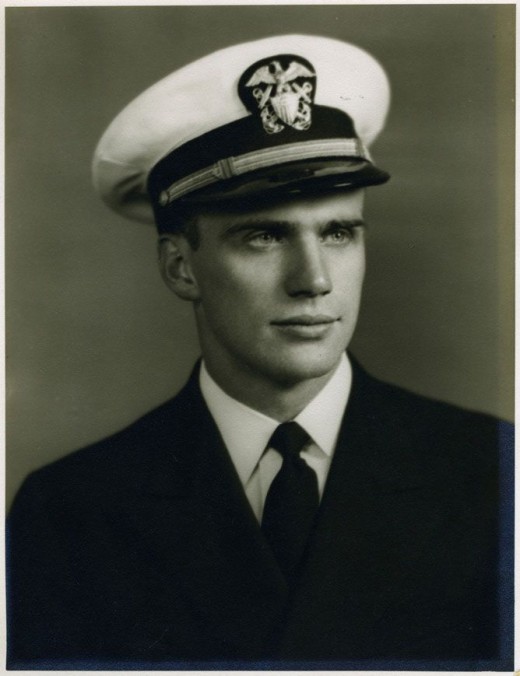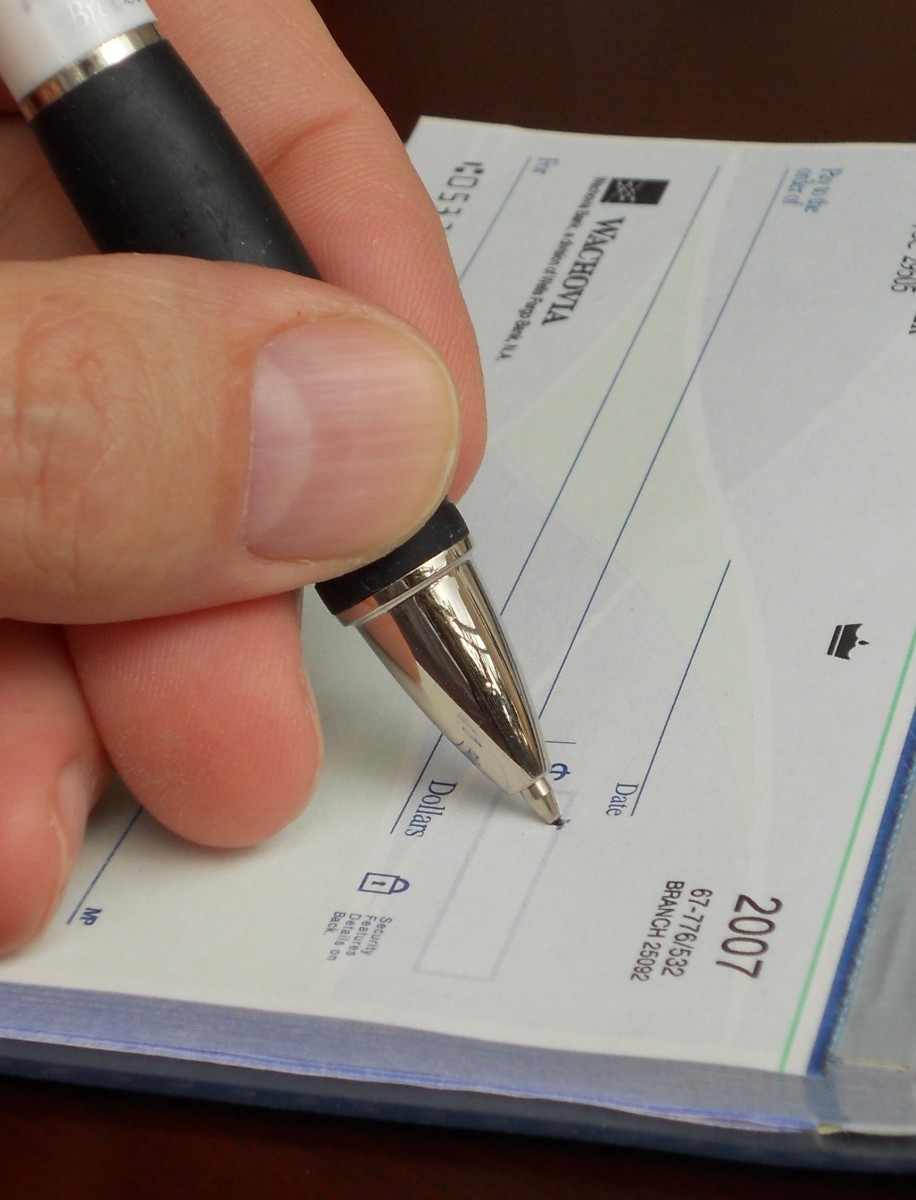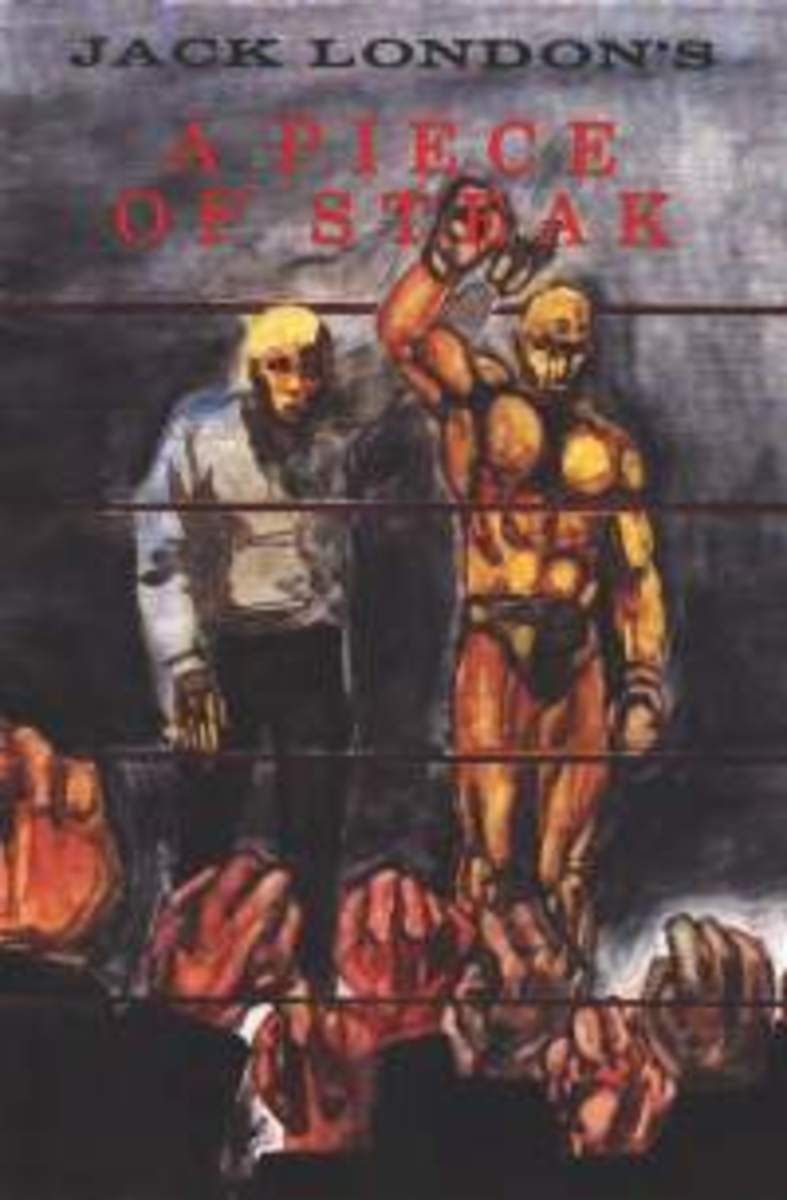He'd Do It Again (A uniquely disabled veteran denied by the VA)

He’d do it again.
We shook hands for the last time. We both knew how his life would play out. Live with his son until that became too much of a burden, then a nursing home, then death. Mr. Woolsey walked slowly, painfully, toward the door. He stopped and turned to face me.
“I’d do it again, you know. Even knowing what would happen, I’d do it again.”
I did not know what to say, so I said nothing. He evidently smiled at Dova on his way out. I saw her smile. Then he was gone.
I’ve had a chance to review Veterans Affairs Regional Office processing and decisions regarding a few really unusual service-connected disability claims. They were not handled very well. The “you must do it this way” restrictive guidance from Central Office is not a good fit for adjudication of cause-and-effect relationships between extremely unusual – if not unique – causes of equally unusual symptoms and disabilities. WWII Navy Lieutenant Woolsey (fake name, real disabled veteran) joined after his graduation from Purdue with an electrical engineering degree in 1942. The Navy promptly sent him to Pearl Harbor for further assignment as, most likely, a communications or weapons officer for a Pacific Fleet combat vessel. The Pearl screener/assignment people called the Pacific Fleet Commander’s attention to then-Ensign Woolsey’s unusual qualifications and test scores. The Admiral and the assignment folks knew a new radio detection, azimuth, and ranging system was to be installed and deployed with Pacific Fleet capital ships. (The systems acronym was RADAR.) Ensign Woolsey found himself not being assigned to a combat vessel, but to six months additional training at the Massachusetts Institute of Technology. Unfortunately for Woolsey, there was no consideration of the unknown long term effects of his exposure to hard radio frequency radiation, sometimes from directly in front of the feed horn and reflector of test jigs at MIT, Navy test bed installations, and constantly from the rear and side radiation lobes as he checked out the performance and trouble shot the “bugs” from each RADAR installation for every Pacific Fleet vessel so equipped during the remainder of the War – all equipped as a direct result of his personal efforts and ultimate sacrifice. Lieutenant Woolsey was never assigned to any ship. He never saw combat. But he sacrificed his health and ultimately his life for his country. I first met him in 2001. His body was riddled with small tumors. He was gaunt and in constant pain. He had to manage his pain medications by reverse planning – tapering down the day before our scheduled meetings so that he could think more clearly. We filed the 21-526. The VARO had no clue how to react in a meaningful way. There was no Central Office procedure for adjudication of claims for disabilities due to excessive radio wave exposure nor any confirmed medical nexus between radio/microwave exposure and tumors, cancer, or tissue damage of any sort. How could the Central Office have predicted the need for a standardized procedure for adjudicating claims for disabilities caused by prolonged exposure to such radiation1? Those of you who have been reading the peer-reviewed studies published in scientific journals during the last two decades examining the possible link between the testing of early cell phone prototypes and brain tumors/cancer realize that this link is still not solidly proven, even now. However, the most recent health guidance is to avoid lengthy use of cell phones near one’s head. Using a “blue tooth” ear phone or speaker phone option is recommended. Why? Because some studies show really nasty things happening to human tissue after long term exposure. Lieutenant Woolsey was not using a cell phone. Lieutenant Woolsey was, effectively, moving and working in a huge microwave oven set on “high” for hours at a time, often seven days a week, for two-and-a-half years. How wonderful it would be, given the close relationships between VAMCs and medical school teaching hospitals, if, when such unusual claims as his are filed the academic studies and diagnostic facilities strengths of the VAMC-medical schools partnership could be applied before a VARO pro-forma denial was issued – and before these unique opportunities for the advancement of medical science were sealed in a casket and buried or burned and scattered. We still apply twin, hypothermia, high altitude, and other human medical data collected by Dr. Mengle through his infamous experiments at Auschwitz-Birkenau, but we do not take the opportunity to simultaneously gain medical knowledge and provide humanitarian benefits to those United States veterans who, without complaint, endured unique, painful, and too-often fatal conditions while saving Western civilization from – from monsters such as Dr. Mengle. Fix: Establish a special category of adjudication of obviously unique claims. Allow the VAROs to forward descriptions of candidate cases to a central approving authority if such uniformity of consideration will make Central Office happier. Approval would result in tailored C&P examinations and consideration by a special rating board composed, qualified and empowered for each unique case.
Lieutenant Woolsey was moved, as we both had surmised, into a medical facility near one of his son’s home to die. The last time we spoke he said that, even if he had known in 1942 what he knew then (after receiving his Board of Veterans Appeals2 denial), he still would have volunteered to do what he had done. I’m certain he would have. He truly gave his life for his country. I’m equally certain he suffered a painful death without ever having his sacrifice acknowledged by the Department of Veterans Affairs.
[1] But, as we know, the Central Office Policy and Procedure Writers are omniscient! They would have to be for effective and efficient central management of all field procedures to fit all circumstances. Just look at how successful North Korea has been. Total-control central management never works. Good employees are often forced to bypass the controls, and thereby risk censure, to help veterans and their survivors.
[2] The Board of Veterans Appeals is organizationally separate from the remainder of the Department of Veterans Affairs and pridefully occupies a separate building from the Central Office in Washington, DC but still reports to the same Secretary. Congress established the United States Court of Appeals for Veterans Claims (USCAVC) roughly a decade after I left employment with the VA. A very small proportion of claimants denied by the BVA take their cases to the USCAVC. Most fear filing fees and legal representation. In fact, the Court can waive filing fees for those appellants who sign a Declaration of Financial Hardship and a pro-bono organization may – contingent upon satisfaction of other variables, such as their assessment of the merit of the case – assign a volunteer attorney to represent the appellant. The Court will also allow an appellant to represent him or herself.





